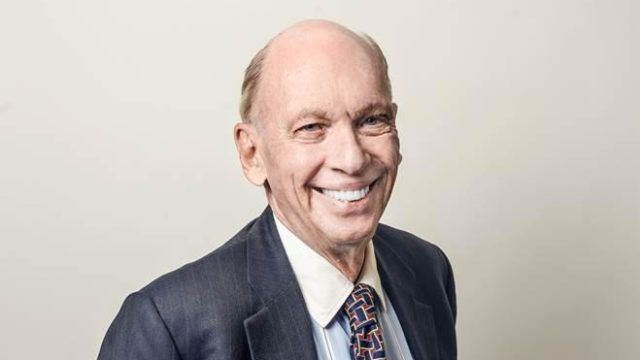In a tradition reaching back to 1986, every January Wien issues his annual list of ten investment-related “surprises” for the coming year. The “surprises” are events which he considers likely (more than 50% chance) while the market in general thinks them unlikely (less than one in three chance).
FSA has taken a look back at Wien’s predictions from 2017.
1. Virtually all of the treaties and agreements [Donald Trump] vowed to tear up on his first day in office are modified, not trashed. His wastebasket remains empty.
Partially correct. In 2017, Trump did not redraw NAFTA or put high import duties on Chinese goods, but did withdraw the US from the Trans-Pacific Partnership and from the Paris Agreement on climate change.
2. The combination of tax cuts on corporations and individuals, more constructive trade agreements, dismantling regulation of financial and energy companies, and infrastructure tax incentives pushes the 2017 real growth rate above 3% for the US economy. Productivity improves for the first time since 2014.
Correct. The US real gross domestic product (GDP) increased at an annual rate of 3.1% in the second quarter of 2017 and 3.2% percent in the third, according to the Bureau of Economic Analysis of the US Department of Commerce. The non-farm business sector labor productivity also improved when measured year-over-year, starting in the fourth quarter of 2016. (See the chart from the Bureau of Labor Statistics of the US Department of Labor, below.)
3. The S&P 500 operating earnings are $130 in 2017 and the index rises to 2500 as investors become convinced the US economy is back on a long-term growth path. Fears about a ballooning budget deficit are kept in the background.
Largely correct. Investors are indeed optimistic about the US and the global economy. The S&P 500 first closed above 2,500 in mid-September and did not look back, ending the year at 2,674. The 12-month operating earnings, however, did not quite reach Wien’s expectation, coming at $124.99 as of 31 December, according to data from S&P Dow Jones Indices.
4. The Japanese yen goes to 130 against the dollar, stimulating exports there. As Brexit moves closer, the British pound declines to 1.10 against the dollar, causing a surge in tourism and speculation in real estate. The euro drops below par against the dollar.
Wrong. The yen stayed in the 108-115 range, the sterling climbed steadily to end the year at 1.35 to the dollar and so did the euro (1.20). As the Brexit is moving closer, it is looking softer and softer, assuaging the initial fears. Despite the booming US economy, the US dollar weakened.
5. Increased economic growth, inflation moving toward 3%, and renewed demand for capital push interest rates higher across the board. The 10-year US Treasury yield approaches 4%.
Wrong. While the potential rise of inflation is talked about, it hasn’t yet materialised, despite the robust economic growth. The US inflation rate inched up to 2.7% at the beginning of 2017, but then retreated below 2%. It was 2.2% in November, according to data from the US Bureau of Labor Statistics. The 10-year US Treasury yield reached 2.6% in March, but then stayed below 2.40% most of the year, inching above it only in December.

















